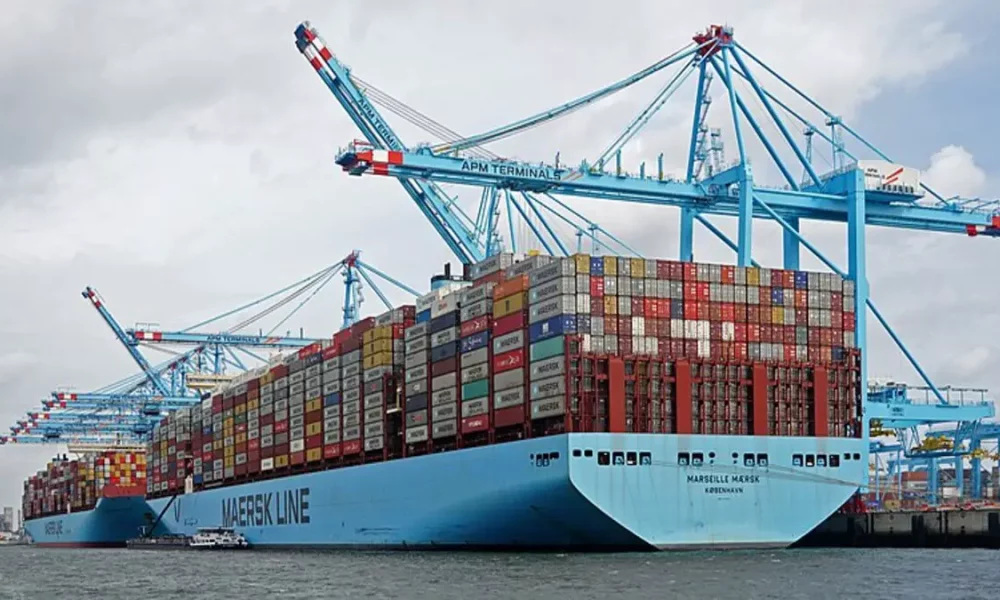The maritime industry depends on the precise positioning of heavy ship components during construction, maintenance, and repair. Whether it’s engines, generators, propellers, or large equipment, accurately placing these components is crucial for safe and efficient operations. In this blog post, we will explore effective techniques for positioning heavy ship components, highlighting their significance in ensuring safe and efficient installation in the maritime industry.
Importance of Heavy Ship Component Positioning
Accurate positioning of heavy ship components offers several benefits:
- Safety: Properly positioned components reduce the risk of accidents, injuries, and damage to equipment or personnel during installation or operation. Precise alignment ensures mechanical integrity and minimizes the chance of structural failures.
- Optimal Performance: Correct positioning of ship components ensures their optimal performance. Engines, generators, propellers, and other heavy machinery function efficiently when properly aligned, leading to improved fuel efficiency, reduced downtime, and enhanced overall operational performance.
- Balanced Weight Distribution: Proper positioning helps distribute weight evenly throughout the ship, maintaining stability and preventing excessive stress on the vessel’s structure. Balanced weight distribution also improves maneuverability and reduces the risk of listing or capsizing.
- Ease of Maintenance: Accurately positioned ship components allow for easier access during maintenance and repairs. Technicians can reach critical areas, perform inspections, and carry out necessary tasks efficiently, reducing downtime and improving maintenance operations.
Techniques for Heavy Ship Component Positioning
Several techniques are employed in the maritime industry for accurate positioning of heavy ship components:
- Lifting and Rigging: Lifting and rigging techniques involve using cranes, hoists, slings, and shackles to lift and position heavy components. Proper lifting procedures, load calculations, and rigging plans ensure secure and controlled movement during installation.
- Alignment Tools and Laser Systems: Alignment tools, such as laser alignment systems, are used to achieve precise positioning of ship components. These tools provide real-time measurements and visual indicators to ensure accurate alignment, minimizing misalignment and reducing subsequent adjustments.
- Hydraulic and Jacking Systems: Hydraulic and jacking systems are employed to lift, support, and adjust heavy ship components during installation. These systems provide controlled movement and enable fine adjustments to achieve proper positioning.
- Computer-Aided Design (CAD) and Simulation: CAD software and simulation tools play a crucial role in planning and positioning heavy ship components. These tools allow for virtual simulations, ensuring accurate component placement, identifying potential conflicts or clashes, and optimizing positioning before physical installation.
- Docking Systems: Docking systems, such as floating dry docks or graving docks, provide a controlled environment for aligning and positioning ship components. These systems stabilize the vessel, allowing for precise component installation and adjustment.
Choosing the Right Crane Rental Company
With heavy ship component positioning relying significantly on lifting and rigging techniques, it’s crucial to choose the right crane rental company.
- Experience: Look for a crane rental company with proven experience in the maritime sector. This experience ensures the company understands the complexities and unique needs of ship component positioning.
- Fleet Variety: A well-equipped crane rental company should have a variety of cranes that can cater to the different lifting needs of ship component positioning. These include mobile cranes, crawler cranes, tower cranes, and more.
- Safety Standards: The company should adhere to stringent safety standards. Ensure they conduct regular maintenance checks on their equipment, and their staff are well-trained in operating the cranes safely.
- Availability: The crane rental company should be able to provide the required equipment when you need it. This is crucial to prevent any delays in your ship component positioning projects.
- Customer Service: A good crane rental company should provide excellent customer service, including prompt response to queries, comprehensive consultation to understand your needs, and effective troubleshooting in case of any issues.
Safety Considerations
Safety is paramount when positioning heavy ship components. Here are some key safety considerations:
- Proper Training and Certification: Personnel involved in heavy ship component positioning should undergo proper training and certification in rigging, lifting procedures, and equipment operation. They should have a thorough understanding of safety protocols and guidelines.
- Risk Assessment: Conducting a comprehensive risk assessment before positioning heavy ship components helps identify potential hazards and implement necessary precautions. This assessment should consider factors such as weight capacity, stability, environmental conditions, and proper use of personal protective equipment (PPE).
- Communication and Coordination: Effective communication and coordination among the involved personnel are crucial for safe positioning. Clear instructions, hand signals, and radio communication help ensure that everyone is aware of their roles and responsibilities.
- Inspection and Maintenance: Regular inspection and maintenance of lifting and positioning equipment are essential to ensure their safe and reliable operation. Any defects or malfunctions should be promptly addressed and repaired before use.
- Adherence to Standards and Regulations: Following industry standards, codes, and regulations related to heavy component positioning is vital. Compliance with applicable safety guidelines helps mitigate risks and ensures a safe working environment.
Properly positioning heavy ship components is fundamental to maritime operations. By employing effective techniques, adhering to safety protocols, and utilizing advanced tools, the maritime industry can achieve safe and efficient installation, enhancing overall operational performance and ensuring the longevity of vessels.
